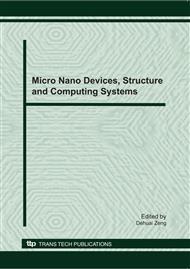p.568
p.572
p.578
p.584
p.589
p.595
p.599
p.605
p.609
Water Pollution Emergencies in China: Actualities, Prevention and Response
Abstract:
Significant number of accidental water pollution incidents occurred during the past decades in China, often having transboundary impacts, including the high profile Songhua River toxic chemical spill in November 2005, and drinking water source pollution by algae in the Tai Lake, Wuxi in May 2007. Over half of all river sections monitored for water quality are rated as being unsafe for human contact, and this pollution is estimated to cost several per cent of GDP. If not immediately and effectively controlled, pollution incidents caused by accidental releases or cumulative pollution can worsen water shortages and scarcity problems. The environmental pollution accidents can cause great danger, and there are many potential pollution sources. From the Comparison with the advanced and mature experience by system, mechanism, the article expounds some ideas to improve and strengthen emergency disposal and prevention system for water pollution accidents. It identifies areas for improvement and presents policy recommendations for institutional reform, improving regulations; and strengthening the implementing capacity to maximize the use of existing institutions, regulations and other management resources.
Info:
Periodical:
Pages:
589-594
Citation:
Online since:
December 2010
Authors:
Price:
Сopyright:
© 2011 Trans Tech Publications Ltd. All Rights Reserved
Share:
Citation:


